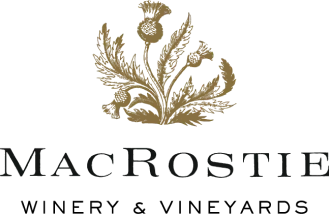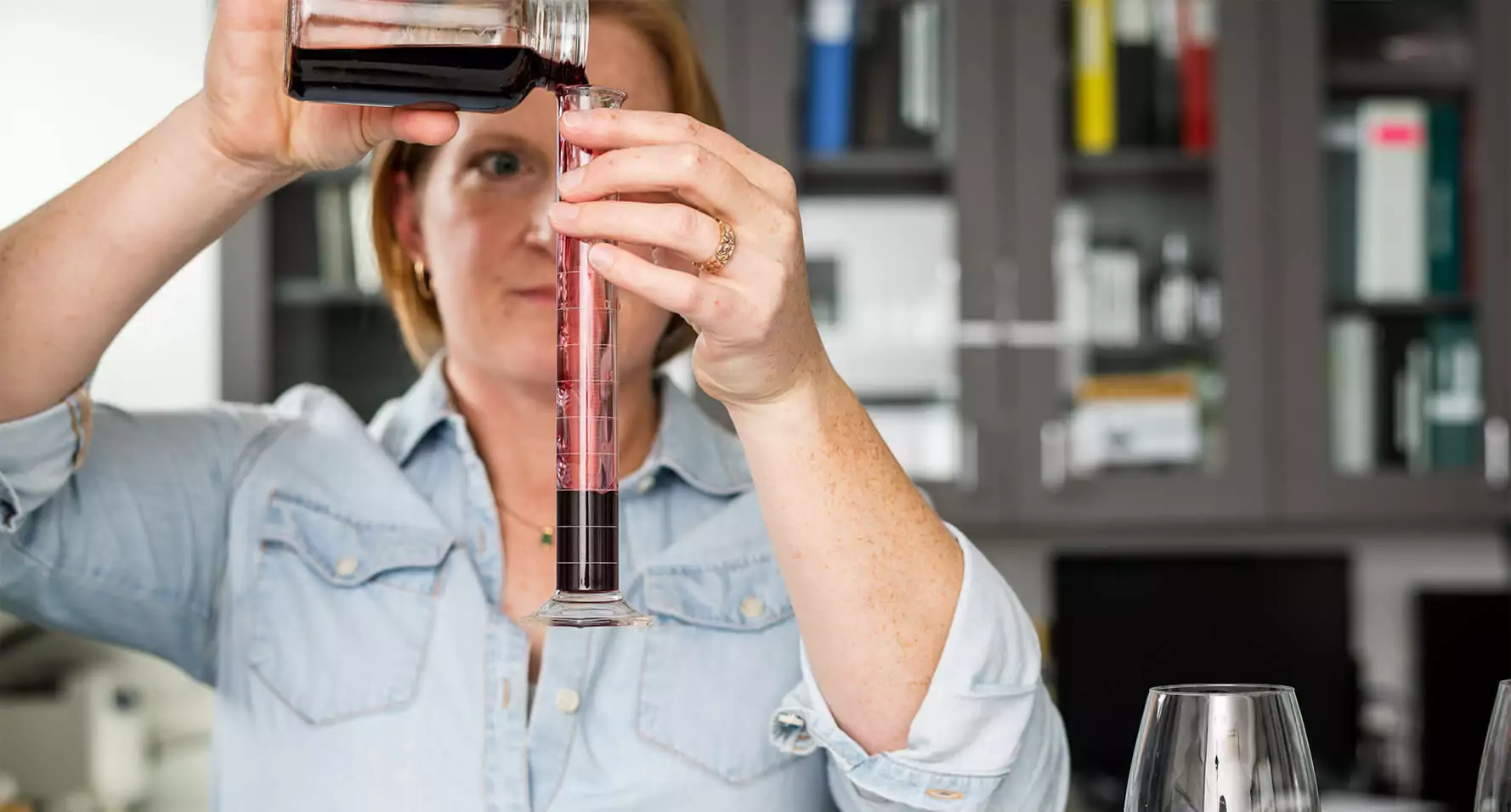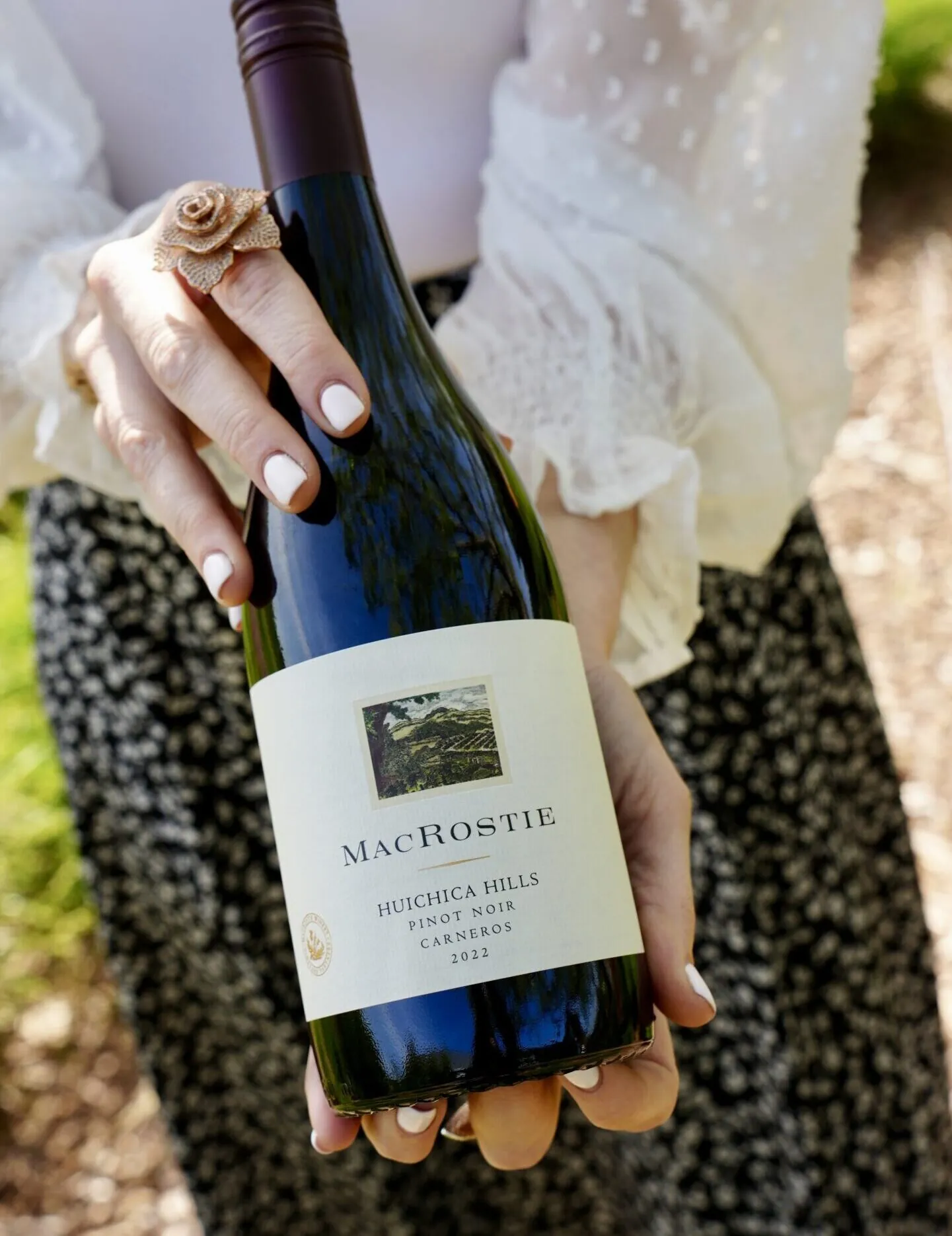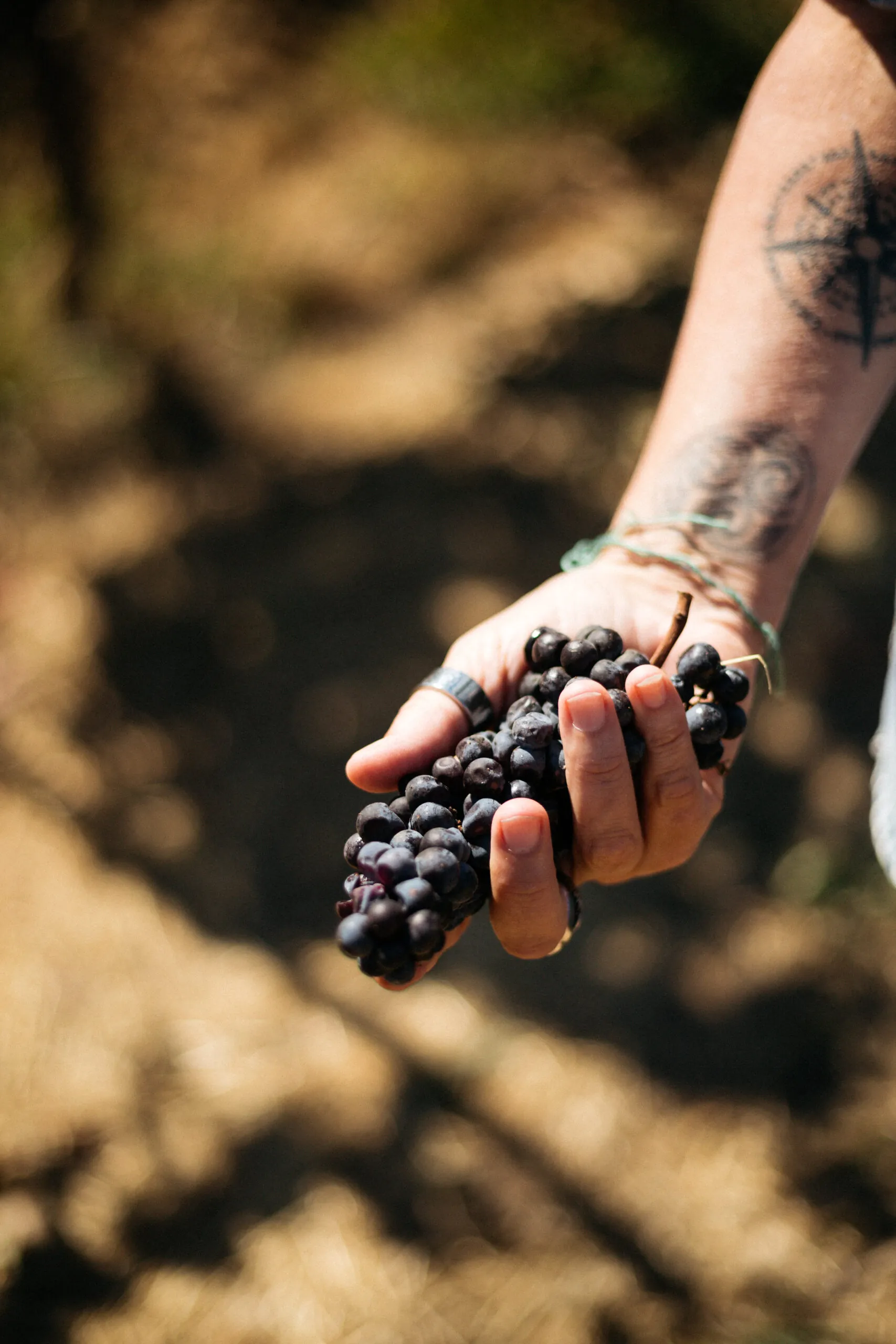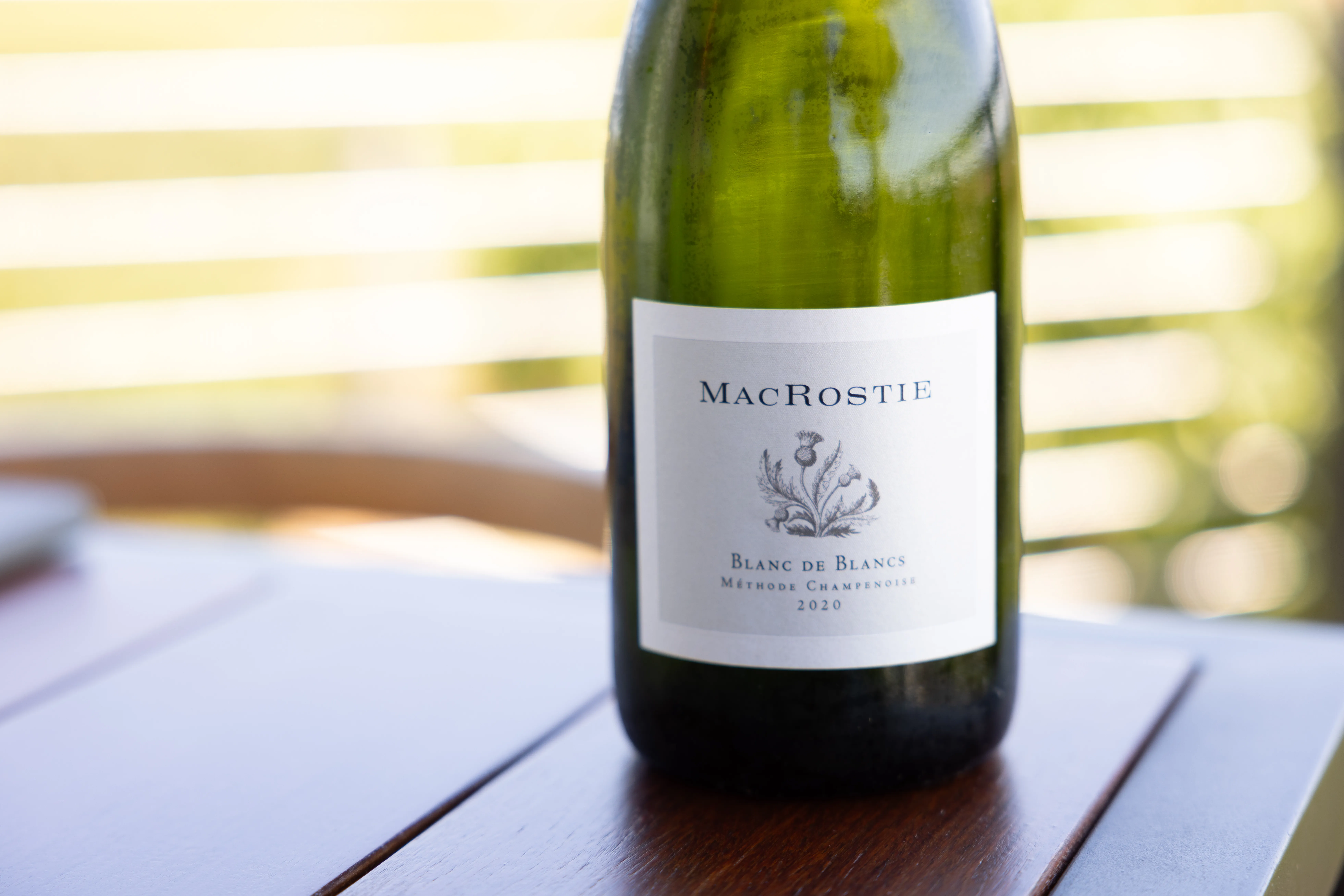While the calendar says 2023, a good part of my heart and soul are still focused on 2022—or at least blending our stunning 2022 vintage wines. For me, the first stage of blending begins when I select the vineyards I wish to work with each vintage, with the second stage occurring as I taste the fresh-picked grapes at harvest. This is when my initial ideas about which fruit will ultimately go into which wine first begin to coalesce. In early December of 2022, our winemaking team did our first round of double-blind analysis, where we spent two days tasting all of our lots of Chardonnay, and four days going through our Pinots. Each wine was graded from 1 to 3 (with 1 being the best), and I made notes about the color, aromas, tannins, texture, and fruit profiles for each wine.
As I write this, we are beginning to prepare for our second round of blind evaluations now that the wines have completed their secondary fermentations, and we are prior to racking our Pinot Noirs. This February tasting will help us to finetune our use of oak in the vintage—with each wine now ranked from 1 to 5. At this point, despite the fact that we have well over 100 lots of Pinot Noir alone, the puzzle pieces start falling into place, and we will start to finalize our 2022 Chardonnay blends in late spring. This is also when we do comparative tastings based on the grades of the different micro-lots, with all of the ones, twos, threes, etc., tasted in flights.
While blending is a somewhat top-down process, in the sense that we usually begin by considering which lots should go in our pinnacle wines like The Loch and The Key, it is also an intuitive process that takes into consideration my experience and knowledge of each vineyard we work with, and the regions they call home. For the most part, every lot offers something different. Whether they contribute to a wine’s varietal fruit signature, tannin profile, midpalate density, length of finish, or any number of other key attributes, the ultimate goal of blending different lots is to create a wine with an innate sense of balance, harmony, and completeness.
Sometimes finding that sweet spot is easy. Other times it can be more difficult, and I have to walk away from a blend for a while to gain perspective. But I never give up, because unlocking that finished wine is so satisfying. As we prepare our final blends just prior to bottling, Steve MacRostie will join our team to offer his invaluable perspective, which is also something I very much enjoy. While it is my responsibility to steward the blending process, every palate is unique, and every member of our team has something important to add in the collaborative process.
For me, blending is the most artistic part of winemaking. It is also entirely sensory-driven. There are no formulas—at least not at MacRostie—just a constant quest to achieve the most harmonious wine possible from a given vineyard or appellation. Like cutting and polishing an uncut gemstone, unlocking the most compelling expression of a wine through blending can be exacting and challenging. But it’s also incredibly fun and rewarding, and one of my favorite parts of winemaking.
While our 2022s are just beginning their journey to final blends, I’m thrilled by the overall quality. Our 2022 Chardonnays are beautifully expressive and incredibly aromatic, with a wonderful sense of verve and energy. Our Pinots are equally compelling, with a polish and purity that I adore. I am also incredibly excited about the 2022 wines from our Nightwing Estate Vineyard in the acclaimed Petaluma Gap AVA. There is a glorious sense of place to the wines from this young vineyard that reflects the extraordinary quality of the site, and its potential to be one of California’s great Pinot Noir and Chardonnay vineyards.
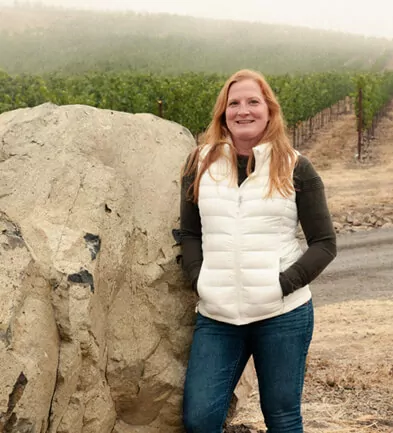
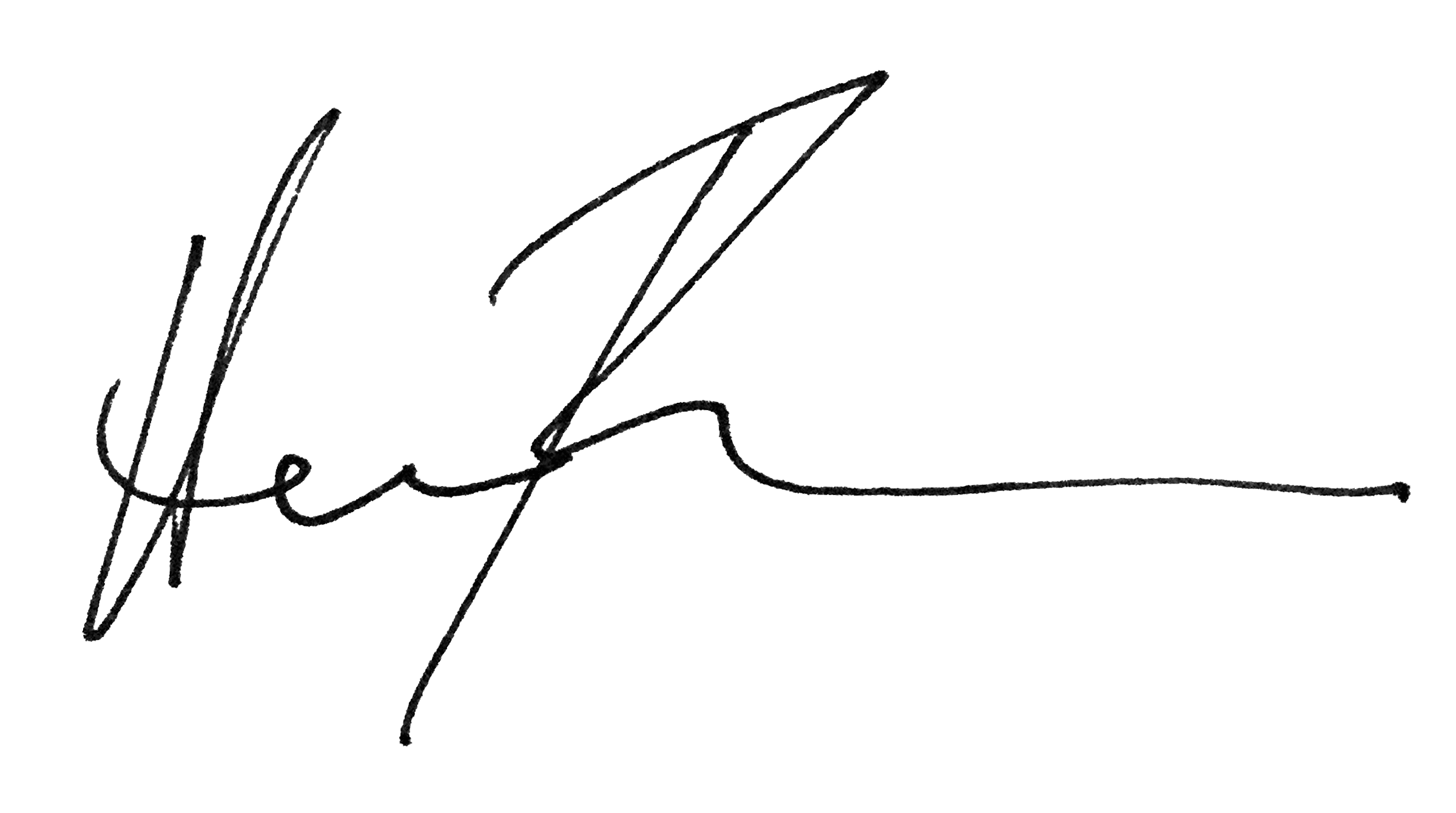
Heidi Bridenhagen
MacRostie Winemaker



